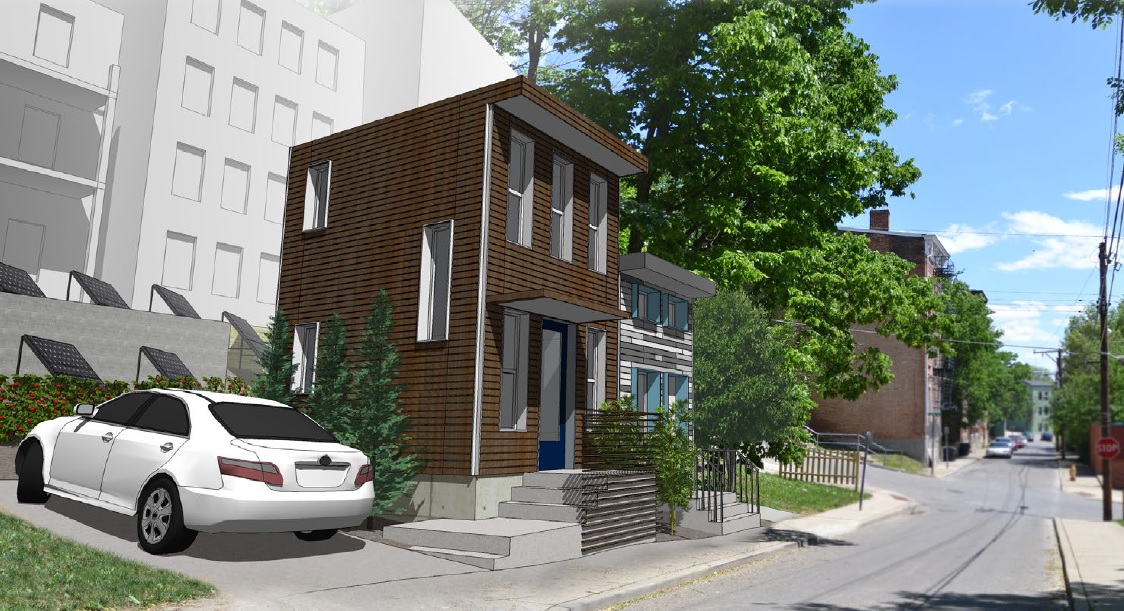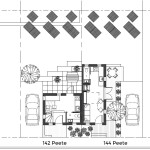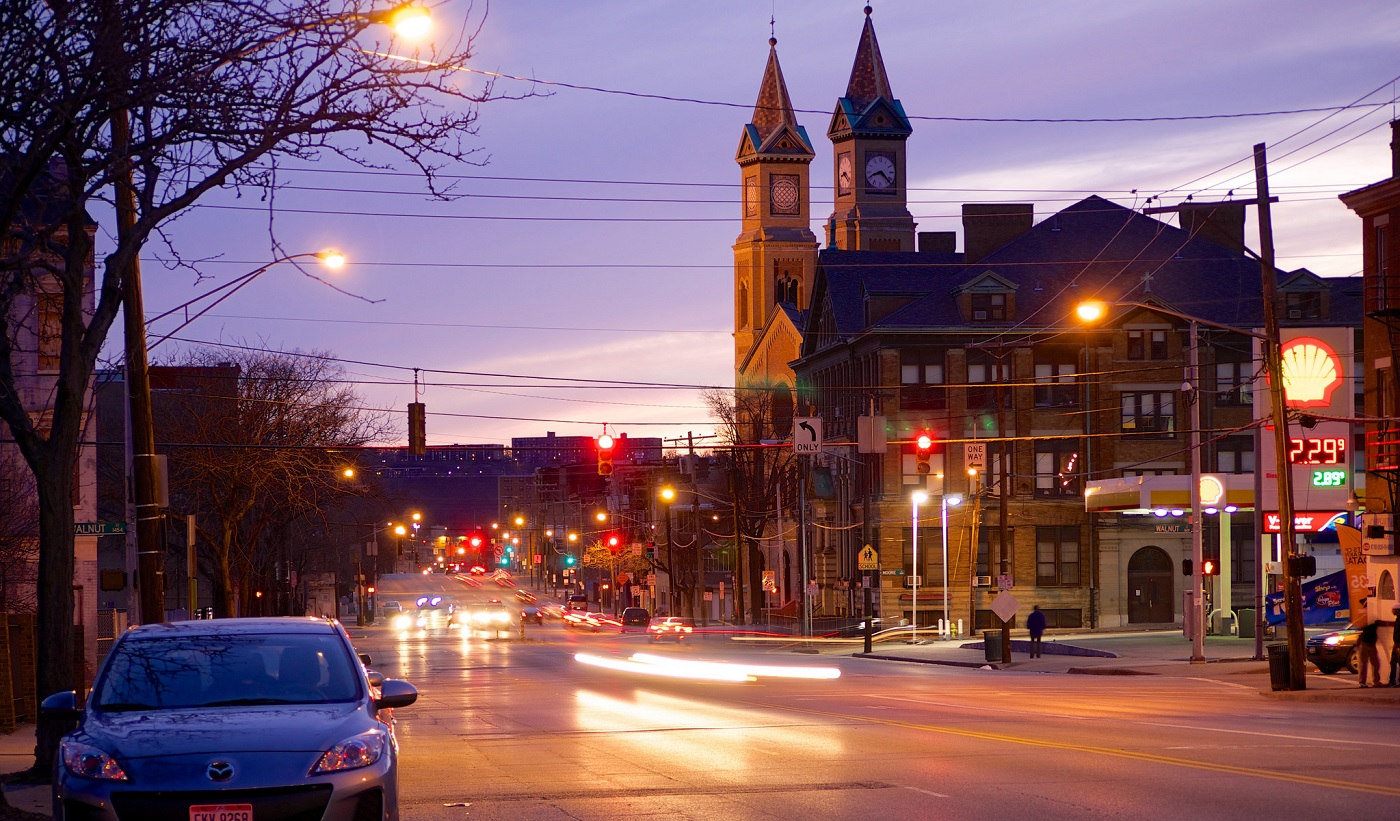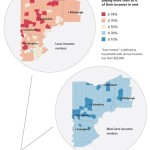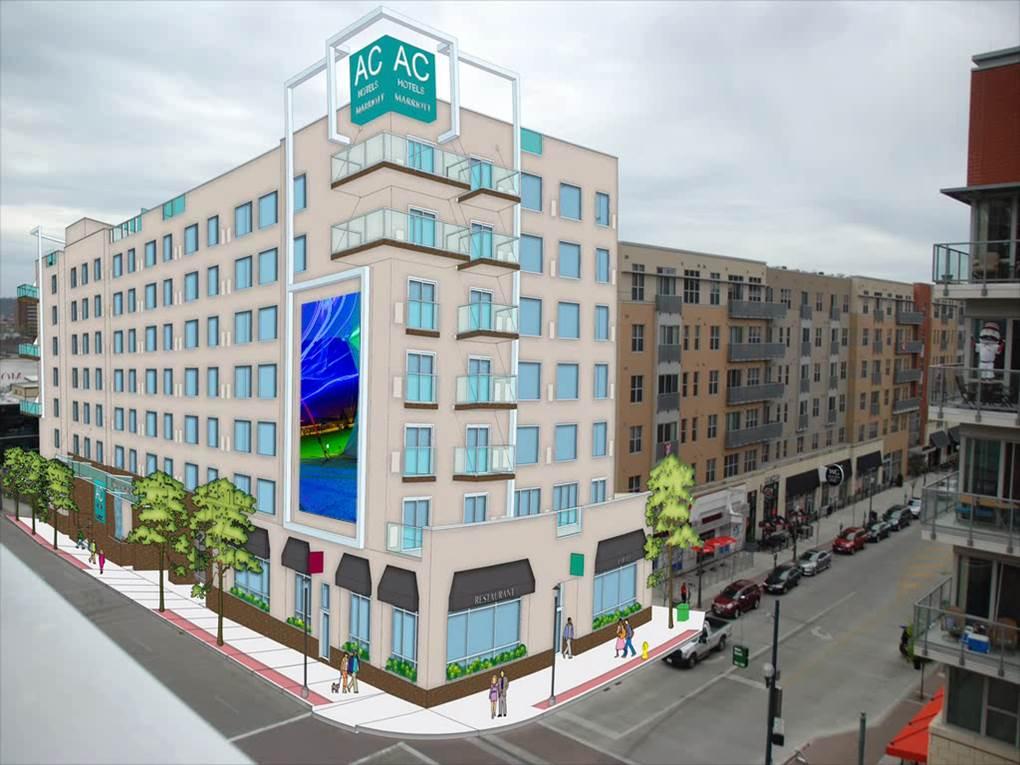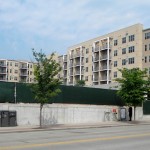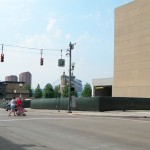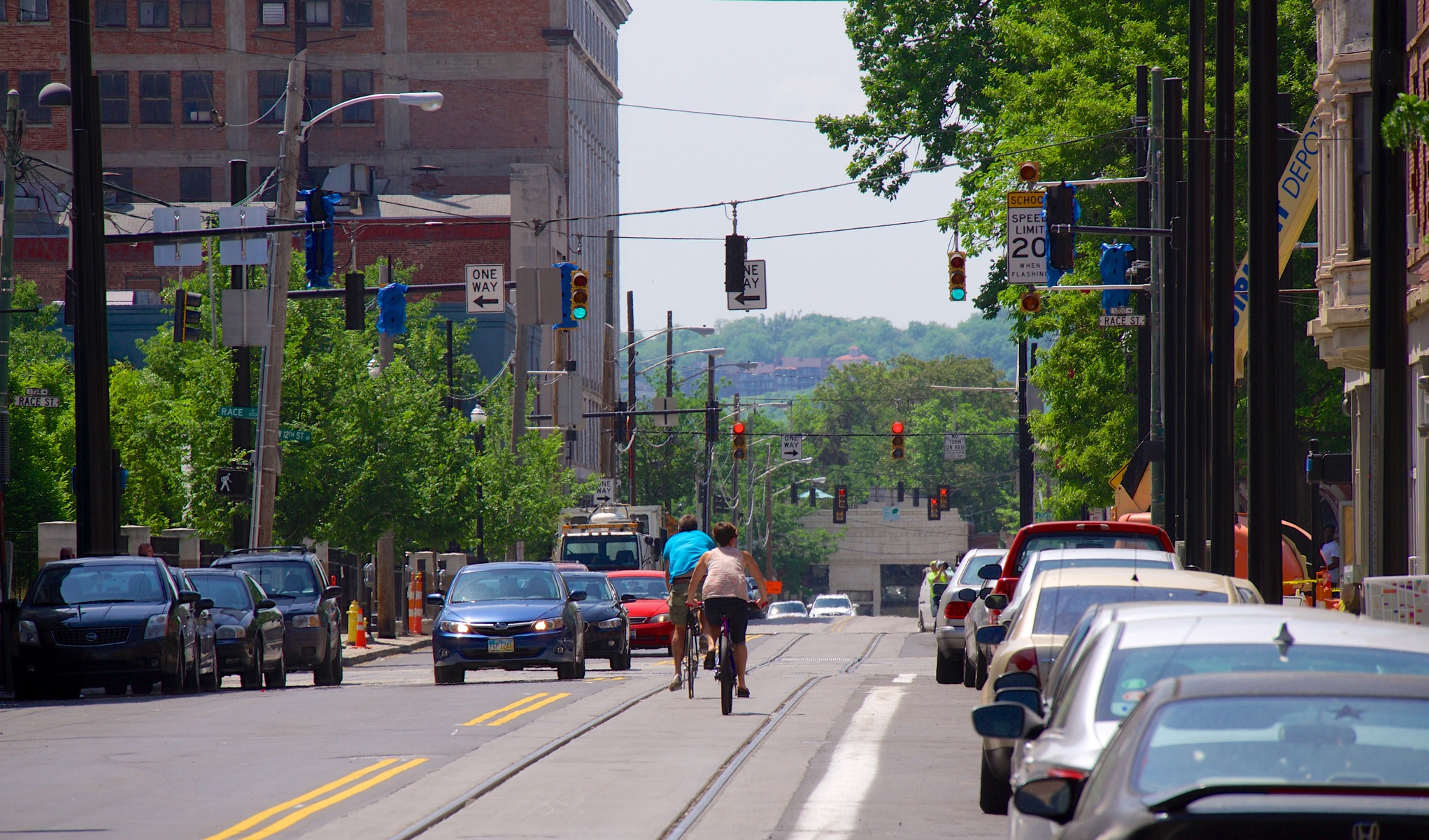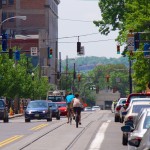Brad Cooper unveiled his first designs for two 250-square-foot homes that will be built on the northern edge of Over-the-Rhine later this year.
After showcasing the designs and explaining the process to prospective home-buyers last night, Cooper now says that he hopes to keep moving the project forward so that they can be built by the end of the year, and welcome their tenants by 2016.
The homes are admittedly not for everyone. Instead of focusing on standard sizes and layouts, Cooper has instead focused on a minimalist approach that requires creativity and an open mind to make it work. But if recent trends in tiny living are any indicator, he might be on to something locally.
“You can still live large in a small space, but the homeowner’s lifestyle needs to align with the ethos of tiny living,” says Cooper.
The two initial lots that Cooper is looking to build on are located on Peete Street, where most of the northern side of the street has sat vacant for many years. The lots are small and have a steep slope near the rear, making them nearly impossible to develop according to traditional building practices.
The site layouts, which are still being refined as part of the ongoing design process, leave room for outdoor living space, as well as an adjacent, off-street spot to park a car.
Cooper, who is a professionally trained architect, is being partially driven to develop such a concept due to his belief that affordable housing can be for everyone, but that it begins with a quality upfront investment.
The goal is to sell both of the homes, which are priced at $70,000, by the end of summer or early fall, then to break ground shortly thereafter. For that price, Cooper says that the home-buyer would get most things that are expected in any home, but have options to include a full-size refrigerator, dish washer, washer/dryer, and built-in furniture.
Each of the homes will also come equip with solar panels at the rear of the lot.
At the $70,000 price point, Cooper says that someone making just $10 an hour working 40 hours a week could afford to buy one of the homes. Using standard financing benchmarks, he estimates that someone of that background could finance the home for approximately $500 a month after making a $2,000 down payment.
To help first-time home-buyers through the process, Cooper has partnered with Working in Neighborhoods so that they can get the information they need before moving forward.
Should such an endeavor be successful, it could prove to be a scalable model that the city could use to develop small, difficult lots that have long sat vacant. Most of these locations are located in or very near the center city, so it also gives people an affordable option for buying close to the core.
“You’re not just buying a tiny home, you’re purchasing a stake in one of the most remarkable historic districts in the country,” Cooper noted.
Interested home-buyers are required to attend one of the planned outreach sessions, like the one held last night. While the dates and locations for those have yet to be released, those who are interested can receive updates by signing up at StartSmallHomes.com.
The effort is being funded, in part, through a $100,000 Haile Fellowship at People’s Liberty.
